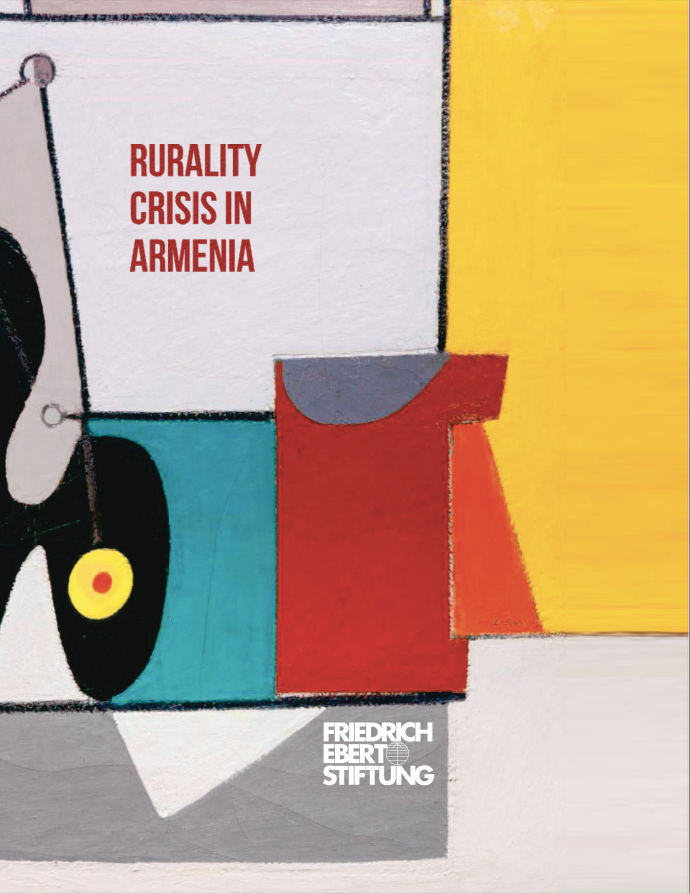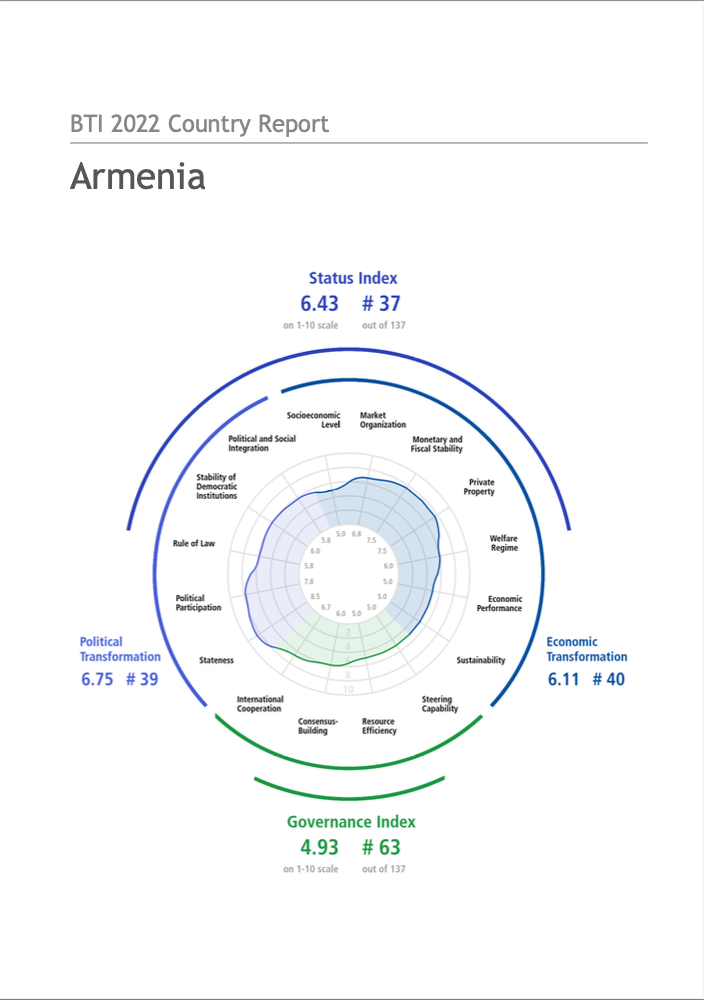
Topics and Regions
Daniel Hayward (UK) worked around Europe for 15 years as a dancer, choreographer and dance writer. Following retraining in sustainable development, he now works as an international development researcher, focused on land relations, agricultural value chains, gender, and migration. As well as working for Land Portal, Daniel is the project coordinator of the Mekong Land Research Forum at Chiang Mai University, and consultant for a variety of local and international NGOs and research institutes.
Details
Location
Contributions
Displaying 91 - 100 of 835Rurality Crisis in Armenia
Armenia is a country that is very much characterized by agriculture – but Armenian rural life is marked by a deep crisis, as this current study shows.
LDN in Armenia
Armenia is a landlocked country in the South Caucasus. After gaining independence from the former Soviet Union, a very difficult socio- economic situation developed in Armenia, with a current high level of poverty. Land privatization has led to excessive land fragmentation and a small average farm size. Most of the country (87 percent) is mountainous with a vertical zonation of diverse landscapes. Armenia is hotspot of biodiversity in the region, facing human and climate induced land degradation. Water erosion affects most forest and croplands across the country.
Establishment of Land Management Instruments and Institutional Framework to Address Land Abandonment
The agricultural sector in Armenia contributes around 20 percent to gross domestic product and provides employment to around 40 percent of the country’s labour force. The backbone of agriculture in the country is represented by smallholders and family farms. According to 2014 census data, 317 346 family farms contribute over 97 percent of the total agricultural output and comprise 99 86 percent of all active agricultural holdings.
Gender, agriculture and rural development in Armenia
Gender equality is key to eliminating poverty and hunger, and this has been demonstrated by FAO throughout its research across the world. FAO is committed to interventions that seek to reduce gender inequalities and this report has been produced as part of its eff orts to generate evidence and knowledge in compliance with FAO’s Policy on Gender Equality (FAO, 2013a). It is only through closing the gender gap that strategies on sustainable agriculture and rural development can reach their full potential.
BTI 2022 Country Report Armenia
The crucial event in the reporting period was undoubtedly Armenia’s war with Azerbaijan. On September 27, 2020 Azerbaijan started its war on Nagorno-Karabakh, a long-disputed region called Artsakh in Armenia, which lasted for 44 days. It ended on November 10, 2020, when Russia facilitated a cease-fire, apparently just after the Azerbaijani forces had captured most of the territories occupied by Armenia in the previous war in the early 1990s, plus a major chunk of Nagorno-Karabakh proper.
Land-use change in the Caucasus during and after the Nagorno-Karabakh conflict
Socioeconomic shocks can shape future land-use trajectories. Armed conflicts are an extreme form of a socioeconomic shock, but our understanding of how armed conflicts affect land-use change is limited. Our goal was to assess land-use changes related to the 1991–1994 Nagorno-Karabakh conflict between Armenia and Azerbaijan in the Caucasus region. We classified multi-temporal Landsat imagery, mapped land-use changes during and after the conflict, and applied matching statistics to isolate the effect of the conflict from other potential drivers of land change.
Armenia’s Transformative Urban Future: National Urban Assessment
The National Urban Assessment for Armenia provides a snapshot of the country’s urban sector and offers insights to achieving prosperous and sustainable cities. Armenia is highly urbanized, with the population concentrated in Yerevan and its surrounding areas given the capital’s geopolitical, economic, and cultural legacy. Opportunities exist to develop well-planned infrastructure along with balanced resource distribution among Yerevan and other cities, while leveraging Armenia’s cultural and environmental assets.








